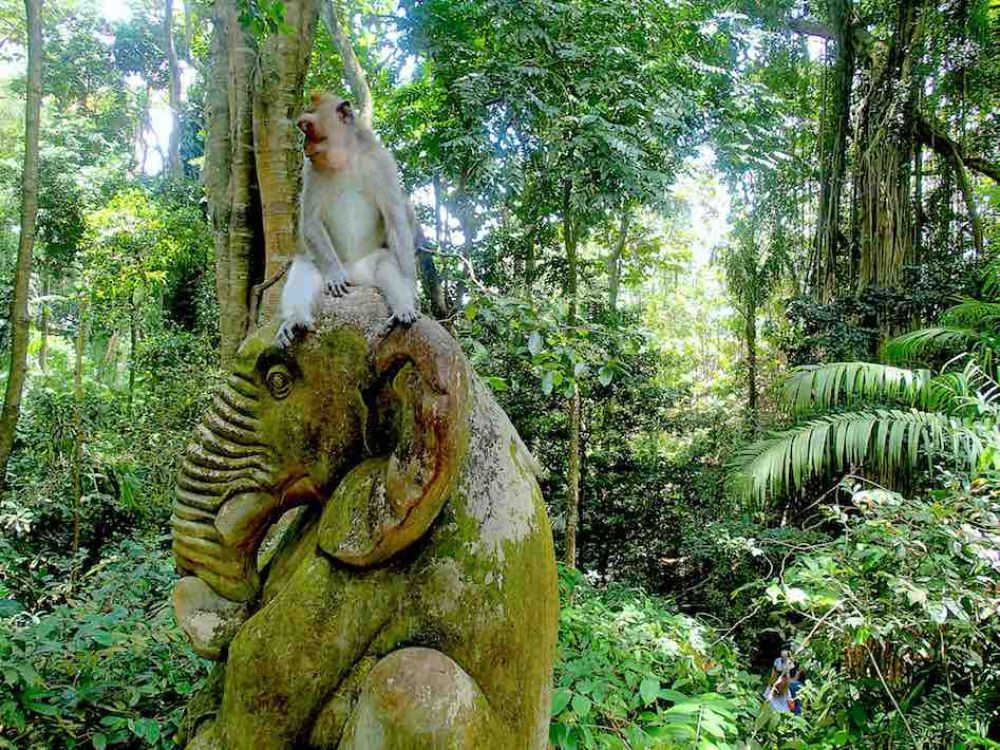

The Monkey Forest, also known as Dong Natad or the Savannakhet Protected Area, is located in the Savannakhet Province of Laos. This site has been a cornerstone of Laotian tourism and nature conservation efforts for several years. The history of tourism in Monkey Forest is relatively recent when compared to more ancient sites in Laos, as it has grown in popularity due to increasing interest in eco-tourism and wildlife observation.
The Monkey Forest was initially recognized by locals and occasional travelers for its lush environment and the diversity of its fauna, most notably the various species of monkeys inhabiting the area. However, it was not until the late 20th century that efforts were made to protect the area and to promote it as a tourism destination.
In the 1990s and early 2000s, along with the global rise of environmental awareness, there was a surge in interest in eco-tourism. The Laotian government, in partnership with international conservation organizations, began focusing on preserving its natural habitats while promoting sustainable tourism. Monkey Forest was one of the sites that benefitted from these initiatives, leading to an increase in tourists seeking authentic experiences in nature.
Over the past decade, the Monkey Forest has seen consistent growth in the number of visitors. The introduction of guided tours, educational programs, and improved infrastructure have made the site more accessible while ensuring the protection of its ecosystems. Tourists now come to enjoy not only the monkeys but also bird watching, trekking, and learning about the local community's efforts to conserve the forest.
The latest trends in tourism at the Monkey Forest have been influenced by the global shift towards responsible and sustainable travel. Visitors are increasingly interested in community-based tourism where they can engage with local villagers and learn about their traditions. Accommodation options such as homestays and eco-lodges have become more popular, allowing tourists to immerse themselves in the local culture and contribute directly to the conservation efforts.
Looking forward, the Monkey Forest in Savannakhet is poised to continue its growth in sustainable tourism. With continued emphasis on conservation and community benefit, the site is expected to attract tourists who value responsible travel and want to witness the rich biodiversity of Laos. Efforts to promote the site through digital marketing and partnerships with eco-friendly travel agencies are likely to expand its reach to a wider audience.
Monkey Forest stands as a testament to the beauty of Laos' natural landscapes and the potential of sustainable tourism to support conservation efforts. As visitors from around the globe seek out destinations that offer unique wildlife experiences and the opportunity to have a positive impact on the environment, Monkey Forest remains a prime example of eco-tourism done right.